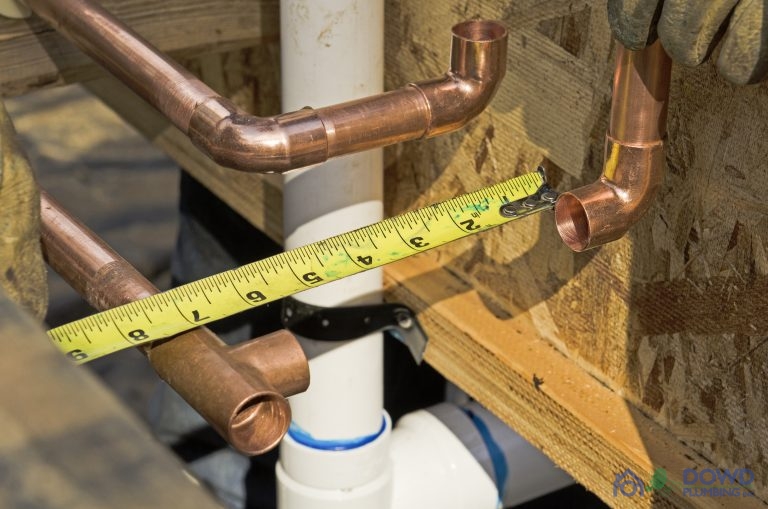The Carry On 6 Care Tips As Water Heaters
The Carry On 6 Care Tips As Water Heaters
Blog Article
Have you ever noticed how many people consider working as a plumber? This is mainly because plumbers are being paid a big amount of money for their services. Some people thinK that plumbing is a dangerous and dirty job, but for these plumbers, this is a good job, where they could earn a decent amount of money.
Providing these local plumber things are fine there is the chance that the cord running to the disposal has developed a short or a wire has become disconnected. You will need to disassemble the unit to verify all wires remain securely fastened. The last conclusion is that the motor has burned out, in which case you will need to replace the disposal unit.
Visually water line repair examine the frozen pipe for signs of damage including cracks holes or breaks. Begin your quest in the areas that are located closest to cold area such as the outer walls and crawl spaces. The holes can be as tiny as a pinprick, so inspect the pipe closely.
If you need to add copper pipe make sure that you clean the old and new pipe by using sandpaper, inside and out. If it's not clean the solder will not flow into the joint. Another tip is to not over wrap the mail threaded pipe with tape, this can cause a leak. Twice around should be enough. Also, don't over tighten it.
Dirty waste water, after all, leaves your house following the law of gravity. Waste water goes downward to the sewer or septic tank, nice and easy. Behind this simple rule is the multitude of vents and traps to keep the process of waste removal possible. Vents allow air to fill drainpipes, precious air that allow waste water outflow. Traps are those curved S-shaped sections of the pipes under the sink drain. Traps perform a crucial role in forcing most of the water through the drainpipe, but leaving some to seal the area and prevent sewer gas from backing up.
Keep an eye on any leaks in and around the house. Inspect taps, pipes and your roof regularly. Watch for leaks and if you find them, get it water line repair as soon as possible.
The way a toilet plunger works is by filling up with water and then pushing that water through the stopped up drain. When unclogging a clogged toilet, the idea is to plunge up and down a couple of times so the plunger fills with water and then jam the open end, sometimes called a force cone, into the waste outlet in the plugged toilet and start plunging. You may have to pump the plunger up and down several times to clear the blockage.
Once you've located the water shut off, turn it off. Now, you can turn your attention to trying to contain the water damage caused by any leaking. Get towels, fans, blankets, or anything else to try and sop up water that is sitting on carpet or wood floors. Linoleum floors usually don't undergo much damage from having water sitting on them, unless there are cracks in the linoleum (often invisible) where the water can seep in. When your Queens plumber arrives, you will be one step ahead by following these instructions.